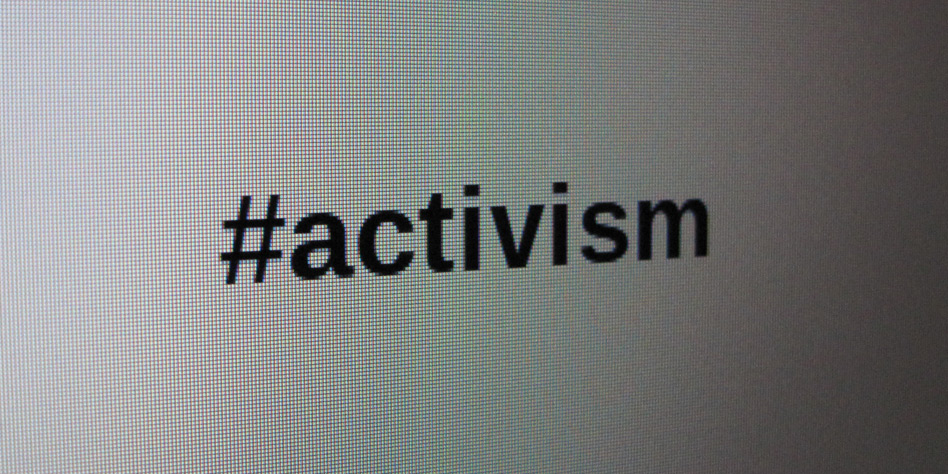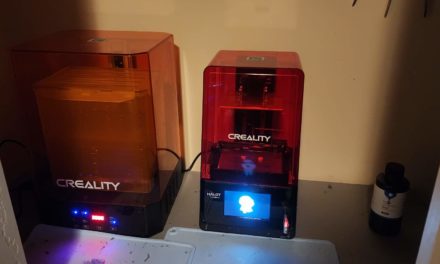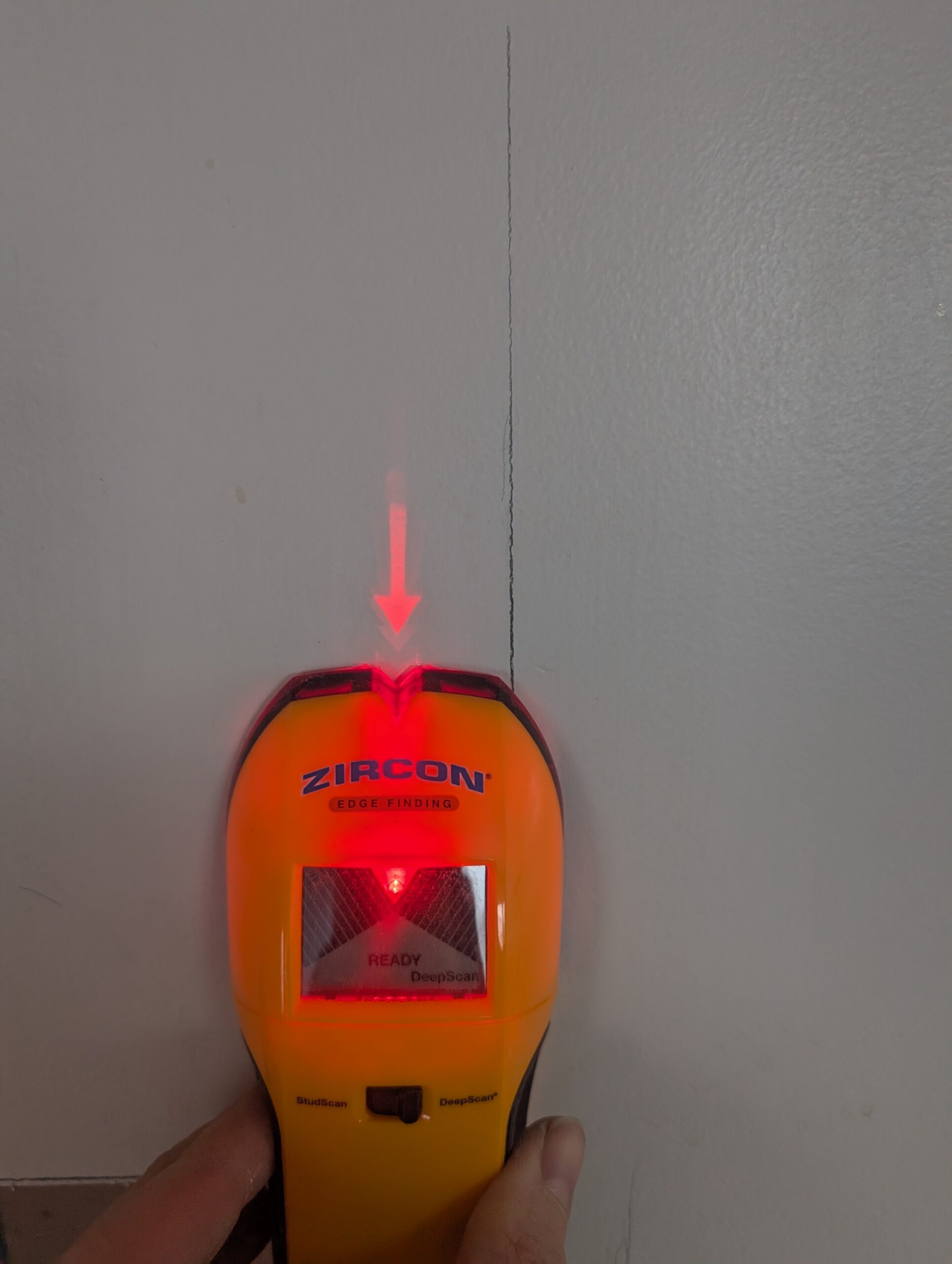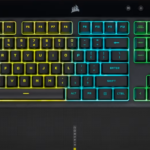Has social media provided a new venue for activism? Maybe but are the days of writing a letter to your Congressman behind us?
The modern day activist is no longer the extremist. It may be your mom or dad, friend or co-worker. It is likely your teenager or tweenager. Social media allows anyone with an opinion to become an activist, stating your opinion and dropping the proverbial “mic” in between classes. Is this really activism though? Let’s see what history has to say first.
Prior to social media, the biggest change to activism may have been television. For example, in 1965, the Civil rights movement was well under way. Dr. Martin Luther King Jr. led black men and women out of Selma, Alabama with the intent to address civil rights grievances at the capital in Montgomery. With what is now marked forever in history as “Bloody Sunday”, approximately 600 “activists” marched over the Edmund Pettus Bridge. They were met by a hostile police force led by Alabama Governor, George Wallace. He and his “posse men” brutalized many of the demonstrators with night sticks and tear gas. Those beaten included men, women, and children.
What was most significant about this event? Was it that the marchers only walked 6 blocks before being beaten? Was it that George Wallace’s brute squad almost killed men and women? Was it that they used tear gas and violence to stop the protest? No, these activists had been through this before, during sit-ins and freedom rides. This was not new.
What was significant was that it was televised. It was broadcast to the American people. This was the first time many white Americans saw the brutality of racism on their t.v.’s in their homes. This was “the shot heard round the world” for the Civil Rights movement. With the help of President Lyndon B. Johnson and the Federal Government, Dr. King and the able demonstrators completed their march 2 weeks later. Within 5 months, they saw the passing of the Voting rights act; with a significant effort from the President.
Some would argue that this is real activism. It required investment, commitment, and fortitude. Protestors were regular people making time, quitting jobs, and on many occasions, giving their lives. Today, the investment into activist Tweets seems far smaller. What does this mean, though? Does it mean it’s less valuable or do we have to shift our paradigm yet again? Let’s take a look at more recent history.
In 2012, the Susan G. Komen Foundation announced plans to cut funding to Planned Parenthood for breast exams and mammograms. This cut was widely contested by critics and resulted in outrage. More than 100,000 people responded via Twitter that week. These 100k weren’t just anybody either. They were comprised of mostly women who had a vested interest in Planned Parenthood for their services. Within 3 days, the Susan G. Komen Foundation restored the funding of approximately $680,000 per year because of these activist’s response.
So is Tweeting today the equivalent of a sit-in back then? Is it the same? Is it less valuable or is it just different? Does it depend on the issue?
Regardless of how one may feel about this kind of activism, “slacktivisim” or “clicktivism”, social media isn’t going away. It looks like we better find new ways to use this monster to our advantage or at least find ways to endure the “couch protester”.











Great, bing took me stright here. thanks btw for info. Cheers!